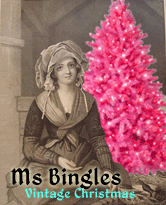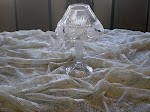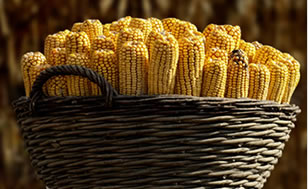The History of Thanksgiving
Early Puritans observed Thanksgiving days of prayer, but Sarah Josepha Hale's, the author of Mary Had a Little Lamb, crusade for a national day of thanks is what ultimately gave us Thanksgiving.
The Pilgrim's Menu
Foods That May Have Been on the Menu
Seafood: Cod, Eel, Clams, Lobster Wild Fowl: Wild Turkey, Goose, Duck, Crane, Swan, Partridge, Eagles Meat: Venison, Seal Grain: Wheat Flour, Indian Corn Vegetables: Pumpkin, Peas, Beans, Onions, Lettuce, Radishes, Carrots Fruit: Plums, Grapes Nuts: Walnuts, Chestnuts, Acorns Herbs and Seasonings: Olive Oil, Liverwort, Leeks, Dried Currants, Parsnips
What Was Not on the Menu
Surprisingly, the following foods, all considered staples of the modern Thanksgiving meal, didn't appear on the pilgrims's first feast table:
Ham: There is no evidence that the colonists had butchered a pig by this time, though they had brought pigs with them from England. Sweet Potatoes/Potatoes: These were not common. Corn on the Cob: Corn was kept dried out at this time of year. Cranberry Sauce: The colonists had cranberries but no sugar at this time. Pumpkin Pie: It's not a recipe that exists at this point, though the pilgrims had recipes for stewed pumpkin. Chicken/Eggs: We know that the colonists brought hens with them from England, but it's unknown how many they had left at this point or whether the hens were still laying. Milk: No cows had been aboard the Mayflower, though it's possible that the colonists used goat milk to make cheese.
Thanks to History.Com



































